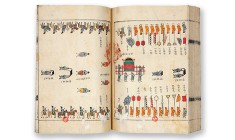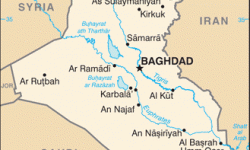The market background to the April 2003 plunder of the Iraq National Museum
Brodie, N. (2008) ‘The market background to the April 2003 plunder of the Iraq National Museum’, in Stone, P. and Farchakh Bajjaly, J. (eds.) The Destruction of Cultural Heritage in Iraq. Woodbridge: Boydell, pp. 41–54.
The situation began to deteriorate during the 1980s when the long Iran-Iraq war placed a heavy strain on the Iraqi economy, the worse was to follow in the turmoil that followed the 1991 Gulf War. Eleven regional museums were burgled and by 1995 there was widespread illegal digging. The economic collapse that followed the imposition of a trade embargo by United Nations Security Council Resolution (UNSCR) 661 exacerbated the situation still further, as it became impossible for the Department of Antiquities to maintain adequate staffing levels or to acquire and maintain necessary equipment and vehicles, and so sire protection suffered accordingly (Lawler 2001. 34; Gibson 2003, 1848). At the same time, for the general population, real wages dropped and unemployment increased. so that for many people in rural areas archaeological sites offered a ready source of income. The excavated artefacts found a market in the West, where no action was taken to prevent their illegal export and sale, even in the face of the UN trade embargo.

